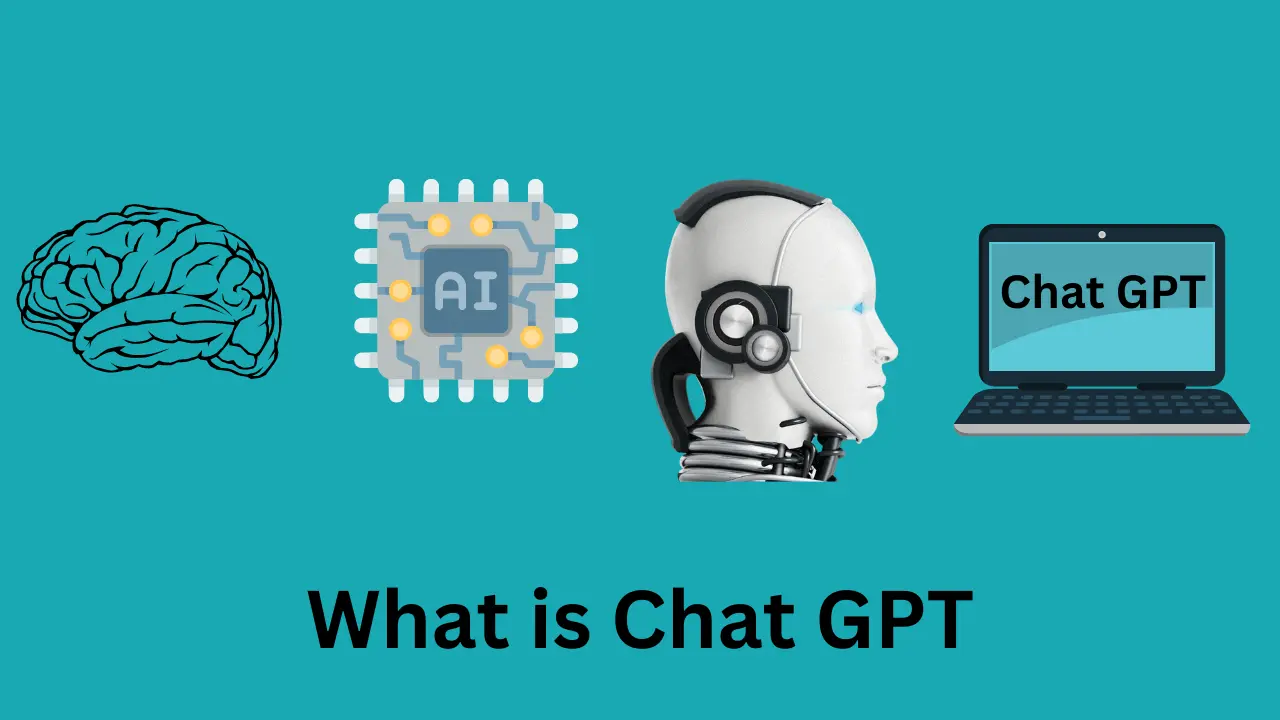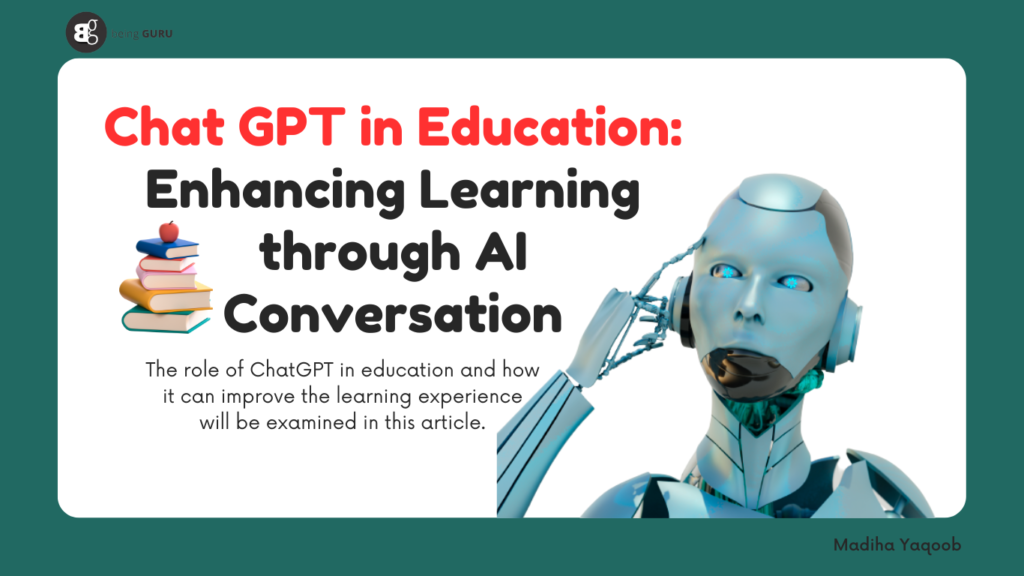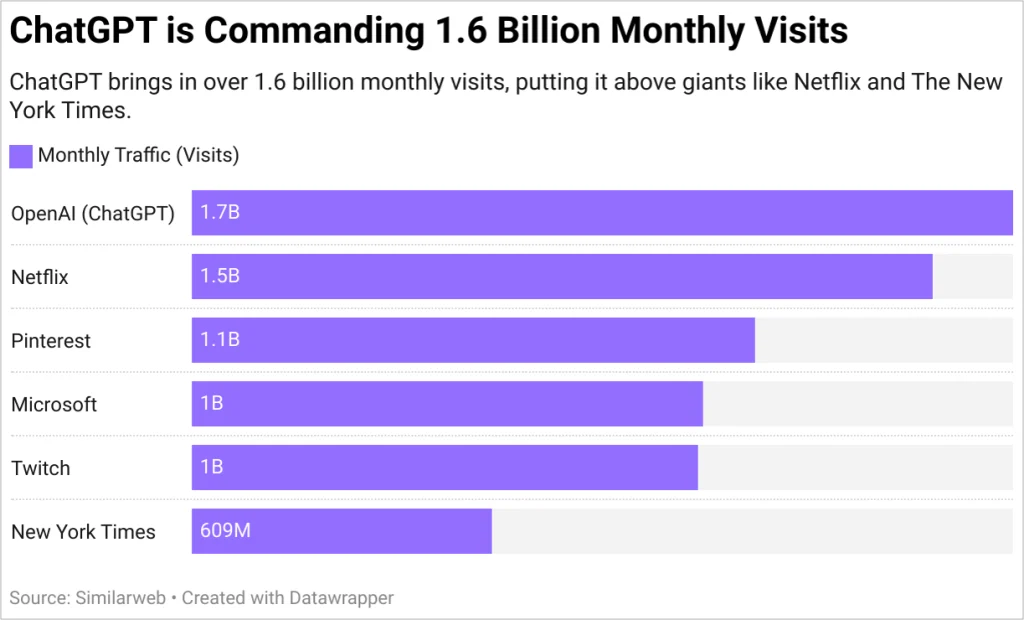ChatGPT By Open AI
Chat GPT is an advanced AI language model that has been trained to perform a wide range of natural language processing tasks with high accuracy. These tasks include answering questions, generating text, translating, performing calculations, summarizing, sentiment analysis, and more . The model can be used for applications such as chatbots, question-answering systems, content generation, and more.
Github ChatGPT
What is Chat GPT?
Chat GPT refers to a highly advanced machine learning model capable of performing natural language generation tasks with remarkable precision. This model was trained using massive amounts of unstructured data gathered from the internet prior to 2022, and is continuously improved through fine-tuning with additional datasets labeled by humans.
Chat GPT excels at a variety of tasks, including:
Answering questions.
Completing text or phrases.
Generating fiction and non-fiction writing from prompts.
Creating human-like chatbot responses.
Writing computer code.
Translating text to and from different languages.
Performing calculations.
Summarizing text.
Classifying text into various categories.
Assessing text sentiment.
Generating text that summarizes information in tables and spreadsheets.
Interacting with users in a conversational manner.
Technically, Chat GPT belongs to the category of generative AI. This type of AI model, after undergoing training, can produce outputs that resemble, but are not identical to, the training data.
How was Chat GPT Trained?
Responsible AI for Chat GPT
OpenAI is committed to promoting responsible AI practices through Chat GPT. They are working to make the model more transparent and understandable, and are taking the following steps:
- Fairness: Responsible AI emphasizes the importance of fairness in AI systems, ensuring that they do not perpetuate biases or discriminate against individuals or groups based on characteristics such as race, gender, ethnicity, or religion. This involves training AI models on diverse and representative datasets and regularly monitoring and mitigating bias in AI-generated content.
- Transparency: Transparent AI systems provide users with insights into how they work and make decisions. In the context of Chat GPT, transparency involves disclosing that users are interacting with an AI model, providing information about its capabilities and limitations, and being transparent about how user data is collected, processed, and used.
- Accountability: Responsible AI holds developers and organizations accountable for the outcomes of AI systems. This includes establishing clear lines of responsibility for AI development and deployment, implementing mechanisms for addressing errors or unintended consequences, and ensuring that AI systems adhere to legal and ethical standards.
- Privacy: Protecting user privacy is paramount in Responsible AI. This involves implementing robust data protection measures, obtaining informed consent from users for data collection and processing, minimizing the collection of personally identifiable information, and ensuring that user data is stored and handled securely.
- Societal Impact: Responsible AI considers the broader societal impact of AI technologies and seeks to maximize their positive contributions while minimizing potential harms. This involves conducting thorough risk assessments, engaging with diverse stakeholders, and actively seeking feedback from affected communities to ensure that AI systems align with societal values and goals.
- Ethical Design: Ethical considerations are integrated into the design and development of AI systems from the outset. This includes identifying and addressing potential ethical implications of AI technologies, prioritizing the well-being of users and society, and adhering to ethical guidelines and principles, such as those outlined in frameworks like the IEEE Global Initiative on Ethics of Autonomous and Intelligent Systems and the EU’s Ethics Guidelines for Trustworthy AI.
Continuously reviewing user feedback and adjusting the model accordingly.
Implementing human-in-the-loop (HITL) to eliminate bias in their training data.
Monitoring Chat GPT user prompts and outputs to ensure responsible usage.
Chat GPT in Education
Recently, the high level of human-like text generated by Chat GPT has raised concerns among educators about its misuse by students, leading some schools to ban its use. To address this, some schools are testing plagiarism tools designed to detect the model’s linguistic watermarks. OpenAI offers a free AI classifier for detecting plagiarism, but it works best on content written by English-speaking adults with at least 250 words.
While some may view the ban on Chat GPT as the solution, others believe that students should be taught how to use it ethically and that the model can be used to teach critical thinking. The future of AI in education is still unfolding and its impact remains to be seen.
ChatGPT can serve as a virtual tutor, providing personalized assistance and guidance to students on a wide range of topics. Students can ask questions, seek explanations, or request help with homework assignments, and ChatGPT can provide informative and contextually relevant responses in real-time.
ChatGPT can provide support services to students outside of the classroom, such as academic advising, counseling, or career guidance. Students can interact with ChatGPT to ask questions, seek advice, or access resources related to their academic and personal development.
ChatGPT in Business
Chat GPT is being utilized as a tool for augmenting human intelligence in various business tasks. It is used for:
Automating the content creation process for social media, websites and product descriptions.
Building customer-facing chatbots that can go off script.
Summarizing and categorizing customer feedback from multiple sources.
Translating business reports and marketing materials into different languages.
Generating boilerplate code and generic scripts.
Transforming table or spreadsheet information into text.
Creating chatbots for internal training programs.
Writing meta descriptions and suggesting synonyms for SEO keywords.
Chat GPT Competitors
- Dialogflow: Developed by Google, Dialogflow is a popular conversational AI platform that allows developers to build natural language understanding and processing capabilities into their applications. It offers a range of tools for creating chatbots, virtual agents, and voice interfaces, with support for multiple languages and integration with various messaging platforms and services.
- Microsoft Bot Framework: Microsoft Bot Framework is a comprehensive platform for building, deploying, and managing conversational bots across multiple channels, including web, mobile, and social media. It provides developers with tools, SDKs, and services for creating intelligent bots using natural language processing (NLP) and machine learning techniques.
- IBM Watson Assistant: IBM Watson Assistant is an AI-powered virtual assistant platform that enables businesses to build and deploy conversational interfaces for customer support, sales, and other use cases. It offers advanced capabilities for understanding and responding to user queries, integrating with backend systems, and scaling to support large volumes of interactions.
- Amazon Lex: Amazon Lex is a service by Amazon Web Services (AWS) that enables developers to build conversational interfaces using voice and text. It leverages the same deep learning technologies as Amazon Alexa to provide accurate and natural language understanding, with support for speech recognition, natural language understanding, and dialog management.
- Rasa: Rasa is an open-source conversational AI platform that allows developers to create and deploy AI-powered chatbots and virtual assistants. It offers tools for building natural language understanding models, managing dialog flows, and integrating with external systems, with a focus on flexibility, customization, and control.
- Botsify: Botsify is a chatbot platform that enables businesses to create AI-powered chatbots for customer support, lead generation, and sales automation. It offers a drag-and-drop interface for building chatbot workflows, integration with popular messaging platforms, and analytics for monitoring bot performance.
- Twilio Autopilot: Twilio Autopilot is a conversational AI platform that allows developers to build AI-powered virtual assistants and chatbots using natural language understanding and machine learning. It offers tools for designing conversational flows, integrating with backend systems, and deploying across multiple channels.
Google Bard is a conversational AI service that provides up-to-date answers to questions by aggregating information from the internet. Although it is unclear how it will differ from Chat GPT, some speculate that Bard’s advantage is its ability to access current information from the internet, while Chat GPT only has access to information published before 2022.
Facebook Blender is a large language model developed by Facebook AI that is capable of performing various language tasks, such as answering questions, generating text and summarizing documents.





